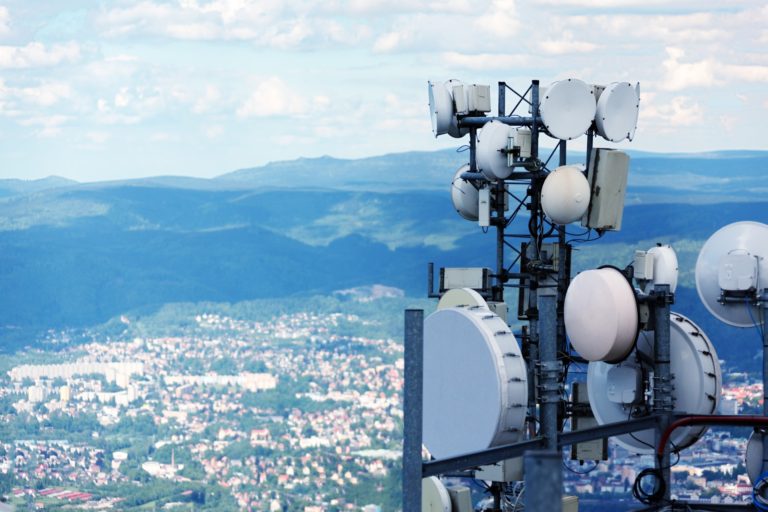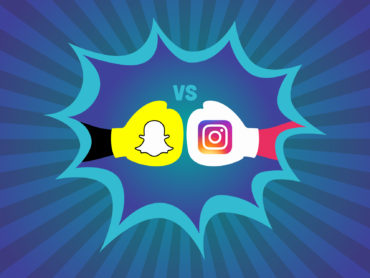Signal to Noise
Signal-to-noise, the scientific measure of a signal’s strength amid other extraneous sound, has long been used as shorthand in the online community to describe the volume of irrelevant content against which your message competes for the audience’s attention. And with social media marketing today, this concept is more important than ever.
In 2015, social media engagement was down 17%, even though brands were publishing 35% more content to their social marketing channels. This has been attributed to social media fatigue—essentially there is so much noise your messaging cannot effectively compete for your audience’s attention.
In this crowded environment it is critical that your social media content be targeted to your audience, and in the channels where they are spending their time. For instance, business to business services tend to be best served by LinkedIn and its value as a networking and thought leadership platform. Twitter skews younger and more male than either Facebook or Pinterest. Those channels are better suited to moms, crafters and DIYers. If your messaging is visually engaging and geared to a younger audience, consider Vine, Instagram or Snapchat.
While targeting a campaign’s messaging to your desired audience is important, precisely targeting your content through paid reach may not be useful, particularly for larger brands. The Wall Street Journal recently noted that the world’s largest advertising spender, Procter & Gamble is scaling back on targeted Facebook ads, having deemed the practice ineffective.
Proctor & Gamble’s Facebook advertising was targeted to a narrow audience. However, the more precisely a campaign’s audience is defined, the more expensive the ad placements become. It is typically more cost effective to make your content visible to a larger, less specific demographic.
Another danger in a limited focus is the risk of audience decline. As The Information recently reported,changes to Pinterest’s display algorithm resulted in a sharp decline of traffic to publisher’s websites. As noted in the story, in June MarthaStewart.com saw a 23% drop in traffic from the previous year. While other brands saw similar declines, the decline is more precipitous for the Martha Stewart brand, as 61% of its social media referrals came from Pinterest before the algorithm change.
While it is critical to have a targeted messaging campaign that resonates with your audience, focusing too narrowly can be a risky proposition. Campaigns may become prohibitively expensive and concentrating in a single channel may leave your brand at the mercy of unforeseen changes to the social landscape.
An effective social marketing strategy must not only address your brand’s objectives and challenges, but must also account for the rapid evolution in digital marketing. It is crucial that your marketing team work with experts who will take the time to understand your brand story, your mix of products and services and your business objectives before implementing a social marketing strategy.



















































































